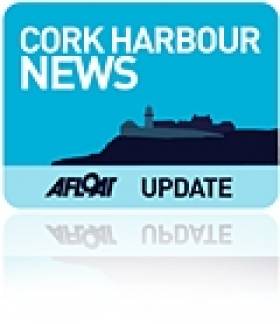Displaying items by tag: Prince Albert
Trinity in Close Finish at Henley Royal Regatta
#Rowing: Trinity’s Prince Albert crew rowed well but lost out in a very tight race at Henley Royal Regatta today. Trinity and American crew Deerfield Academy overlapped throughout the race. Liam Hayes, Josh Norton, Andre Liadov, strokeman Paddy Moreau and cox Conor Keogh were level with the US crew in the middle of the race. The bigger US unit moved and eked out a half-length lead. Despite a determined finish by Trinity, Deerfield stayed in front and won by five feet.
Henley Royal Regatta, Day One (Irish interest)
Prince Albert (College Coxed Fours): Deerfield Academy (United States) bt Trinity by 5ft; 6:59.
Rare Royal Sailing Art to be Auctioned
A rare sailing painting of the Visit of Queen Victoria's visit to Cork Harbour by George Mounsey is to be auctioned at an Irish auction next Wednesday. The Woodward's auction will offer a number of items but the sailing art depicting the Queen and Prince Albert on board the royal yacht in August 1849 is one of few records of the event. It is estimated the painting will fetch between €20,000-30,000. With the probability of the first visit to Ireland by HRH Queen Elizabeth, the context of the above visit to Cork in 1849 is worth examining according to the auctioneer.





























































